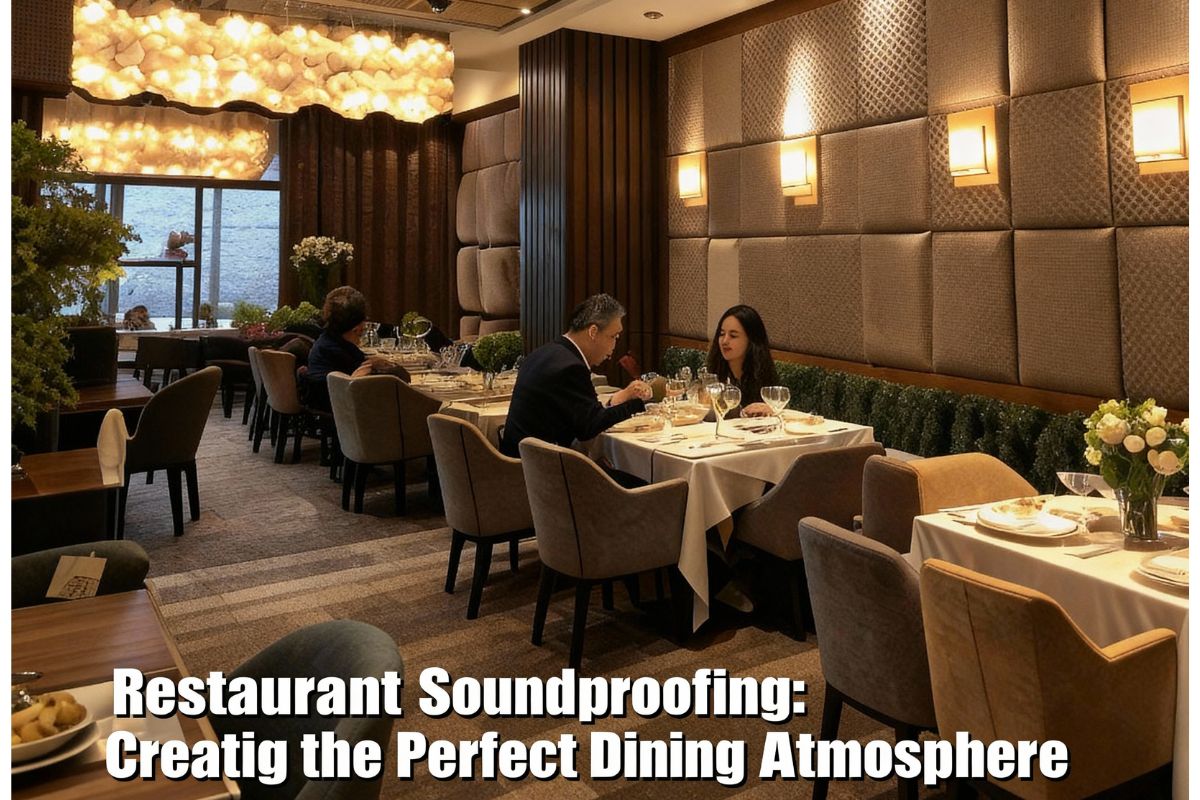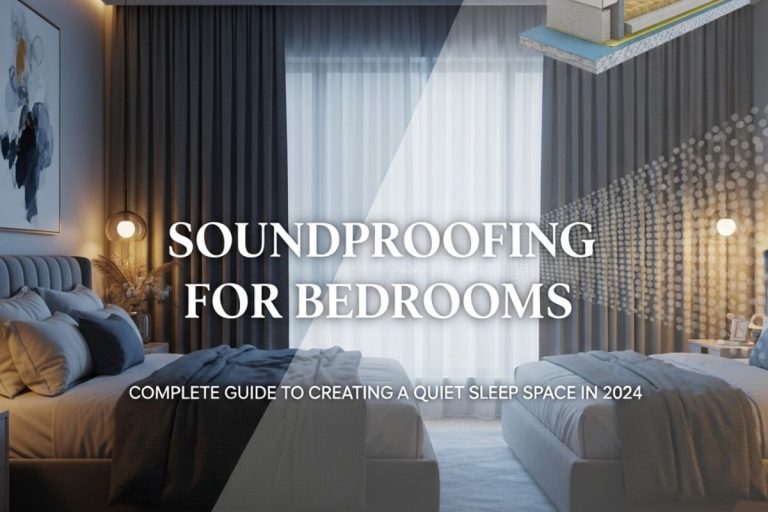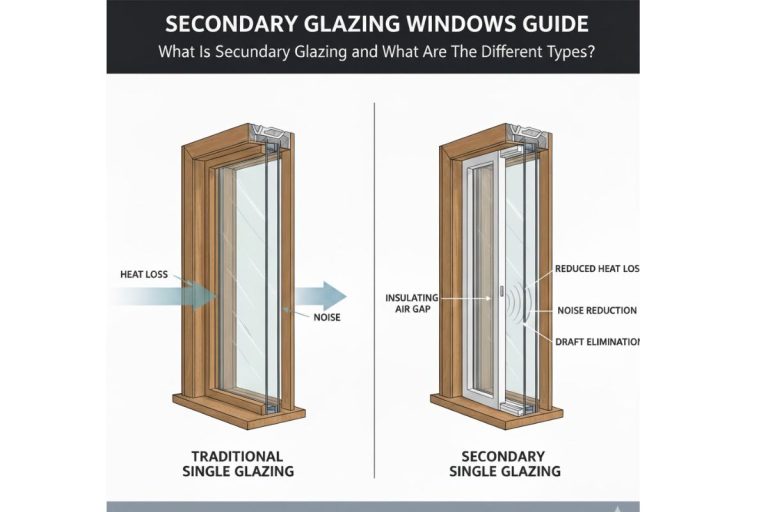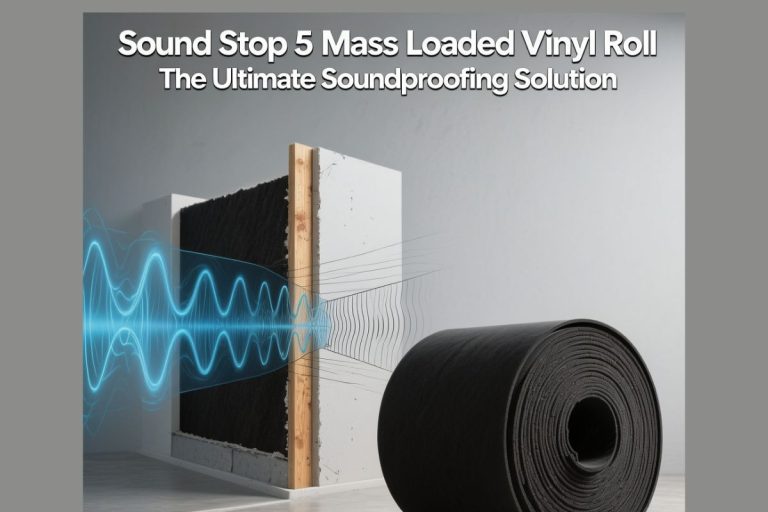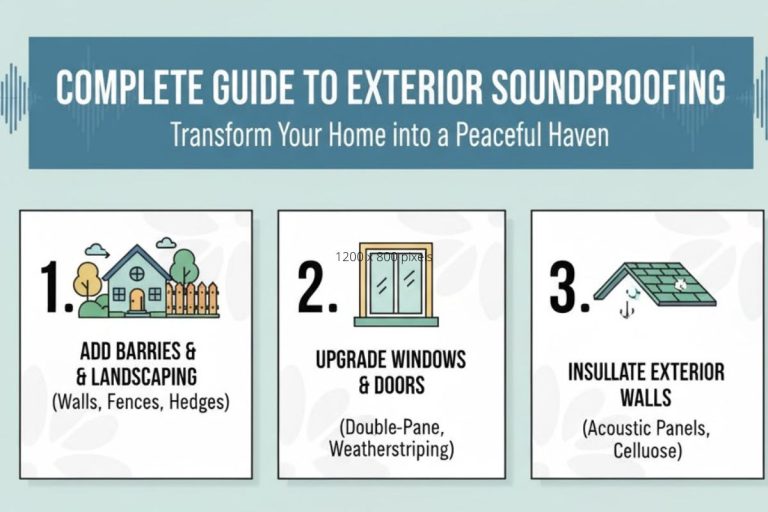You know that moment when you walk into a Restaurant Soundproofing excited for a great meal, only to find yourself shouting across the table just to be heard? Yeah, that’s a problem. And if you’re a restaurant owner, it’s costing you more than you think.
Why This Actually Matters
Here’s the thing: noise isn’t just annoying. Studies have shown that excessive noise can drive away up to 70% of potential customers. People are literally choosing not to return because they can’t hear themselves think. Plus, your staff? They’re probably exhausted from trying to communicate over all that racket.
The good news is that fixing restaurant acoustics doesn’t have to be complicated or break the bank. Let’s talk about how to make your space actually comfortable.
PEOPLE ALSO READ : Soundproofing for Bedrooms: Complete Guide to Creating a Quiet Sleep Space in 2024
What’s Making Your Restaurant Soundproofing So Loud?
Let’s be real about where all this noise is coming from:
In the Kitchen:
- That commercial dishwasher sounds like a jet engine (we’re talking 85-95 decibels)
- Blenders screaming at 90-100 decibels
- Ventilation systems humming away constantly
- Ice machines doing their thing
In the Dining Room:
- Everyone’s trying to talk over everyone else
- Chairs scraping against hard floors
- Background music competing with conversation
- Footsteps echoing off tile and hardwood
The Building Itself:
- Hard surfaces bouncing sound around like a racquetball court
- High ceilings amplifying everything
- Open layouts with nowhere for sound to go
- Basically, nobody thought about acoustics when designing the place
How Sound Actually Works in Your Space
Think of sound waves like a rubber ball. When you throw it at a hard wall, it bounces right back. That’s exactly what’s happening with every conversation, every plate clink, every chair scrape. The sound just keeps bouncing around, getting louder and more chaotic.
In restaurants, this creates what acousticians call reverberation that echoey, overwhelming feeling that makes it impossible to focus on anything.
What It’s Really Costing You
Your Customers Are Suffering:
- They literally can’t hear each other
- They’re stressed and uncomfortable
- They’re leaving sooner than they planned
- They’re writing negative reviews
- They’re not coming back
Your Bottom Line Is Taking a Hit:
- Revenue can drop by 15-25% in overly noisy restaurants
- Staff turnover increases because working there is exhausting
- You’re dealing with more complaints and refund requests
- Your reputation takes a beating
Your Staff Is Struggling:
- Servers can’t hear orders correctly
- Kitchen communication breaks down
- Everyone’s more stressed and tired
- Mistakes happen more often
What’s Actually Acceptable?
The World Health Organization has some recommendations here. For fine dining, you want to aim for about 45-55 decibels quiet enough for intimate conversation. Casual dining can be a bit livelier at 50-65 decibels. Fast food? 55-70 decibels is the sweet spot.
For reference, normal conversation is around 60 decibels. Shouting hits about 80.
Soundproofing vs. Sound Absorption (They’re Different!)
Here’s where a lot of restaurant owners get confused:
Soundproofing means blocking sound from getting in or out. Think of it as building a wall between your kitchen and dining room so guests don’t hear the chaos behind the scenes.
Sound absorption means soaking up the sound that’s already in the room. This is what stops that echo and makes conversations actually possible.
Most restaurants need absorption, not soundproofing. You’re not trying to keep secrets you’re just trying to make the space comfortable.
PEOPLE ALSO READ : How to Stop Noise from Your Neighbors: 15 Proven Solutions That Actually Work
Solutions That Actually Work
Acoustic Panels
These are probably your best bet. They’re fabric-wrapped panels that you mount on walls or ceilings, and they do a fantastic job of absorbing sound. You can get basic ones for $15-40 per square foot, or go fancy with custom art panels for $25-60.
The great thing about these is they don’t just work they can look really good too. Nobody needs to know they’re there for function.
Ceiling Treatments
Your ceiling is usually your biggest surface area, which makes it prime real estate for acoustic treatment. Hanging baffles (vertical panels) or ceiling clouds (horizontal panels) can reduce noise by 40-60%. They’re a bit of an investment at $20-70 per square foot, but the impact is huge.
Floor Solutions
Hard floors are one of your biggest enemies. If you can swing it:
- Area rugs can reduce impact noise by 20-30%
- Cork flooring is a natural sound absorber
- Even acoustic underlayment beneath your existing floor helps
Window Treatments
Heavy curtains aren’t just for decoration they can reduce outside noise by 15-25%. If you’ve got a lot of windows facing a busy street, this is worth considering.
Dealing with Your Kitchen
Open kitchens are trendy, but they’re acoustically challenging. Here’s what helps:
- Choose quieter appliances (look for ratings under 65 decibels)
- Put vibration pads under equipment
- Install acoustic panels on kitchen walls and ceilings
- Create some kind of visual barrier that also absorbs sound
If you’re buying new equipment, pay attention to noise ratings. The difference between a 70-decibel dishwasher and an 85-decibel one is massive.
Different Venues, Different Needs
Fast Food: You need clear communication and quick turnover. Acoustic ceiling tiles are your friend, they’re cost-effective and make a noticeable difference.
Casual Dining: You’re balancing energy with comfort. Mix hard and soft surfaces strategically. You want some buzz, but people should still be able to talk.
Fine Dining: This is where you can really invest in custom solutions. Think premium acoustic panels that look like art, integrated sound systems, and sophisticated design that makes silence feel luxurious.
Small Restaurants: Focus on targeted solutions. Strategic placement of soft furnishings, acoustic panels on key walls, and even tablecloths make a difference.
Large Restaurants: You might need to create different acoustic zones, quieter areas for intimate dining, livelier spaces for groups and celebrations.
Materials That Work
Fire-Rated Acoustic Foam: This is non-negotiable for safety. Make sure anything you install meets fire code.
Art Acoustic Panels: Who says acoustic treatment has to look boring? Custom printed panels can be beautiful.
Fabric-Wrapped Panels: These give you the best bang for your buck good performance, customizable appearance, and relatively easy installation.
Hanging Baffles: Great for high ceilings. They catch sound from multiple angles and can look really cool in the right space.
Planning Your Project
How Much Do You Need?
A general rule: cover 15-25% of your surface area in dining rooms, 30-40% in kitchens, and 20-30% in bar areas. Prioritize walls opposite the kitchen and ceiling surfaces.
What About Budget?
You can start small:
- Under $2,000: DIY foam panels, curtains, rugs, and soft furnishings
- $2,000-$10,000: Professional acoustic panels, ceiling treatments, upgraded flooring
- $10,000+: Custom acoustic design, integrated systems, architectural elements
Can You DIY?
Some projects are totally DIY friendly mounting basic acoustic foam, hanging fabric panels, and adding rugs. If you’re handy and have time, you can save a lot.
But for complex projects involving structural changes, fire safety compliance, or warranty issues, call in professionals. Some things are worth the investment.
PEOPLE ALSO READ : Complete Guide to Exterior Soundproofing: Transform Your Home into a Peaceful Haven
Real Results from Real Restaurants
Downtown Steakhouse: They were hitting 85 decibels at peak times way too loud. After installing acoustic panels and ceiling clouds, they dropped to 62 decibels. Customer satisfaction jumped 35%, and revenue increased 22% in six months.
Family Restaurant Chain: They rolled out a standardized acoustic package across 50 locations. Average noise reduction was 28%, customer satisfaction improved 31%, and they saw ROI within 14 months.
Busy Café: By creating acoustic zones with decorative panels and strategic furnishings, they increased customer dwell time by 40% without losing the energetic vibe that made them popular.
Getting Started
Here’s what I’d recommend:
- Measure your current noise levels (there are apps for this, or hire someone)
- Figure out your budget and what you’re trying to achieve
- Start with the biggest impact areas—usually ceiling and walls opposite your kitchen
- Choose materials that fit your aesthetic—this should enhance your space, not detract from it
- Plan installation around your schedule—you don’t want to disrupt service more than necessary
The Bottom Line
Look, nobody opens a restaurant because they’re passionate about acoustics. But here’s the truth: the sound environment you create directly impacts whether people enjoy being in your space. And whether they enjoy being there directly impacts whether they come back and tell their friends about it.
Fixing your restaurant’s acoustics isn’t just about making it quieter it’s about making it better. Better for your customers, better for your staff, and ultimately better for your business.
The investment pays for itself through higher customer satisfaction, longer dining times, better reviews, and increased revenue. Most restaurant owners who tackle this wish they’d done it sooner.
So if you’re tired of watching customers lean across tables to shout at each other, or if your staff is constantly saying “what?” during service, it’s time to do something about it. Your ears (and your profit margins) will thank you.
READ MORE : Super Converters

